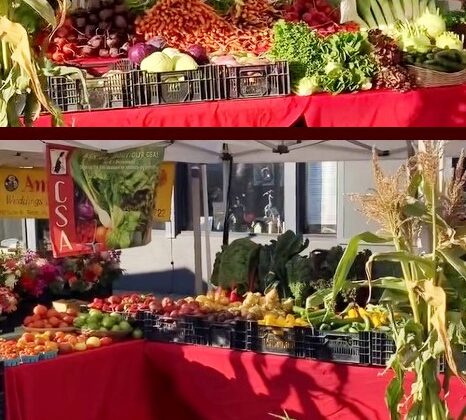Celebrating Equinox
We passed the autumnal equinox last weekend, and just like that, summer has moved into fall! The word “equinox” is derived from the Latin meaning “equal” and “night,” referring to the roughly 12-hour days and 12-hour nights that occur twice each year. The fall equinox is a time of cultural significance around the world. In the United States, many communities host harvest festivals that feature corn mazes, apple bobbing, hayrides, and pumpkin patches. Here are some traditions from other parts of the world:
– In the United Kingdom, one tradition involves collecting the last corn that is harvested to create a bundle that represents “the spirit of the field.” The corn was made into a doll and drenched with water representing rain or burned to represent the death of the grain spirit. This tradition still survives today and has been popularized as the burning man tradition in the US.
– In Japan, both equinoxes are marked with a period called Ohigan. Ohigan is a time to visit the graves of one’s ancestors. People spruce up the grave sites and leave flowers for the dead. It is also a time of meditation and to visit living relatives.
– China and Vietnam celebrate the Moon Festival, or Mid-Autumn Festival, on the full moon nearest the equinox. On the lunar calendar, it’s the 15th day of the eighth lunar month. Parts of the celebrations include gazing at the moon and eating moon cakes. A similar holiday in Korea is called Chuseok.
– The Hindu festival of Navaratri is celebrated for several days in autumn and honors the divine feminine Devi (Durga). Navaratri celebrates the triumph of good conquering evil and the restoration of dharma, a concept akin to “cosmic law and order.” It’s an auspicious time for Hindus and an opportunity to wear their most colorful clothes and best jewelry.
– In Poland, people traditionally celebrate the Feast of Greenery. During the Feast of Greenery people bring bouquets and food for blessing by a priest. These are then used for medicine or are kept for the following year’s harvest.
– The week-long Jewish festival Sukkot takes place on the 15th day of the 7th month and falls close to the Harvest Moon. Its purpose is two-fold, marking not only the harvest but observing aspects of the Jewish faith. Sukkot (often known as ‘tabernacles’) are temporary dwellings in which farmers would live during harvesting. Families build their own sukkah (singular form), which typically consist of 3 walls with a roof of natural vegetation. All family meals are eaten in the sukkot during the festival. Every day, the Taking of the Four Kinds is performed, where a bundle of four different crop types is waved around as special blessings, or hoshanot, are recited.
~Eddy

